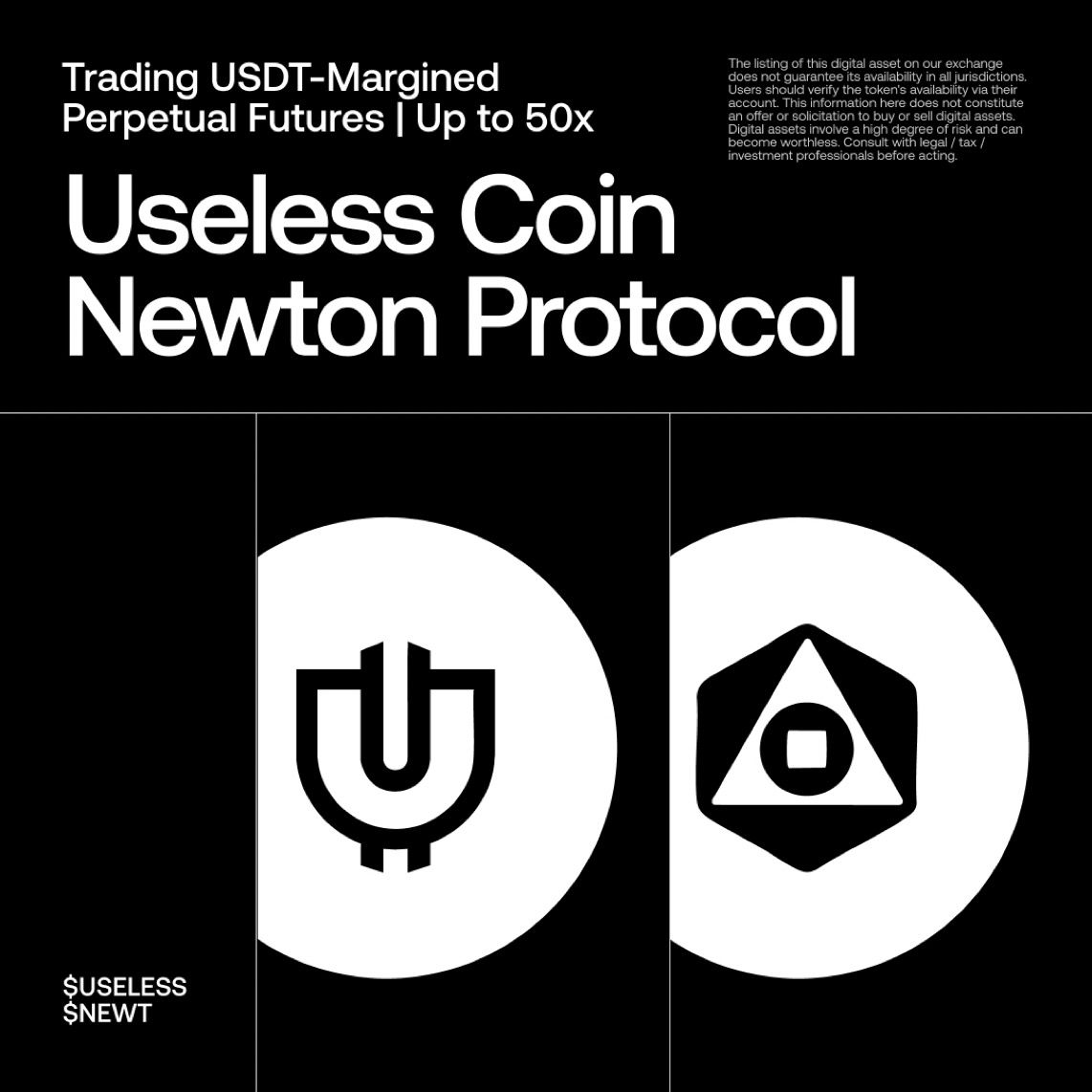Why Vitalik Buterin Wants to "Kill" EVM and Replace It With RISC-V
💥 Vitalik’s Bold Proposal: Kill EVM, Embrace RISC-V
Forget EIPs — Vitalik Buterin just dropped one of Ethereum’s most radical ideas yet:
scrap the Ethereum Virtual Machine (EVM) and swap it out for RISC-V, an open-source instruction set architecture better known for powering microchips than blockchains.
The reason?
Ethereum’s scaling issues aren’t going away fast enough — and zero-knowledge (ZK) proofs, the backbone of its rollup-centric future, are still grinding under the weight of EVM’s inefficiencies.
🛠️ The EVM Bottleneck (And Why Vitalik’s Over It)
According to Buterin, the EVM’s complex, clunky design is holding Ethereum back.
Even the fastest zkEVM solutions (like Succinct’s zkEVM) still struggle with slow proof verification — thanks to EVM’s spaghetti code logic and bloated instruction set.
RISC-V, in contrast, offers:
- Simpler, cleaner instructions
- Open-source flexibility
- Up to 100x faster verification for some ZK use cases
“The EVM just wasn’t built for verifiability,” Buterin argues.
“If we want ZK to scale Ethereum, the execution layer needs a rebuild.”
🔧 Three Ways Vitalik Thinks This Could Work
Buterin laid out three possible paths to bring RISC-V into Ethereum’s guts:
- Run EVM and RISC-V side by side:
Let devs choose — Solidity and Vyper continue as-is, but with the option to target RISC-V. - EVM-on-RISC-V interpreter:
Existing contracts stay alive, but execution gets a speed boost via RISC-V-backed calls. - Full RISC-V native execution layer:
The nuclear option — EVM gets phased out, and Ethereum runs entirely on RISC-V logic.
⚠️ The Pushback: “Sounds Cool, But…”
Not everyone’s vibing with the plan.
- Ben Adams flagged that RISC-V’s 64-bit architecture could actually hurt real-world performance on current x86/ARM chips.
- Daniel Marin from Nexus Labs pointed out RISC-V wasn’t built for zero-knowledge verification — meaning years of new tooling and proof systems would be needed.
- Others warned that a move this big could fragment Ethereum’s developer ecosystem or slow down the roadmap.
In short:
RISC-V might be fast on paper, but ZK-friendly it is not — at least, not yet.
🤝 Nervos, Polkadot, and the RISC-V Fan Club
It’s not all critics, though.
Projects like Nervos Network and Polkadot, already dabbling in RISC-V for their own chains, say they’re optimistic.
To them, a RISC-V Ethereum could mean better interoperability, faster proofs, and a more modern execution engine.
🧩 TL;DR: Ethereum’s Fork-in-the-Road Moment
- 💀 Buterin wants to kill the EVM (eventually) and replace it with RISC-V for better ZK scaling.
- 🛠️ The plan could make verification up to 100x more efficient — but would require massive ecosystem changes.
- ⚡ Critics say RISC-V wasn’t designed for ZK, and the migration could take years of work.
- 🧑💻 Some devs support the move — but fear it could fragment Ethereum’s developer base.
- 🧭 Whether this is the next big upgrade or just Vitalik spitballing remains to be seen — but the debate over Ethereum’s execution future is officially wide open.
The question now:
Does Ethereum double down on the EVM — or burn it down to build the future from scratch?
The fight over Ethereum’s execution layer is on. And if Buterin has his way, the next version of Ethereum might look more like a chip manual than a blockchain spec.

Recent News
All Time High • Live
Have questions or want to collaborate? Reach us at: info@ath.live











